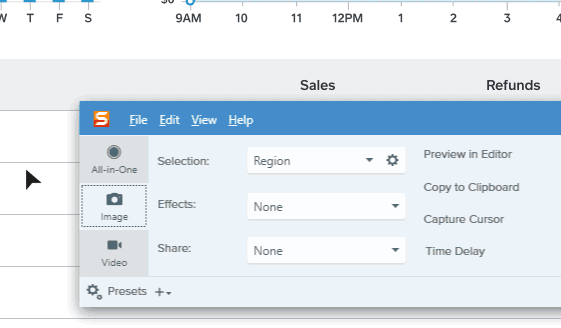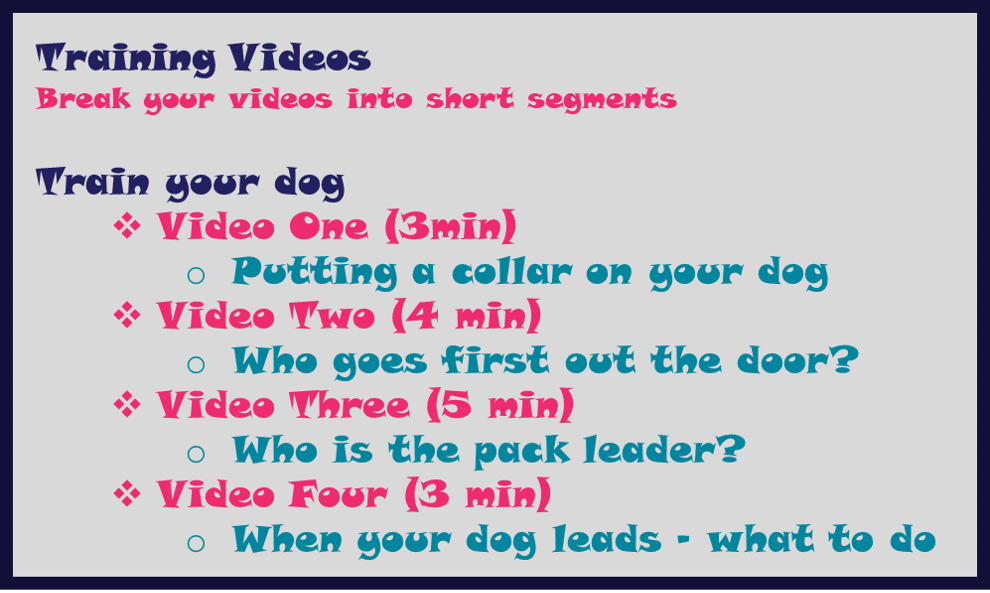Training Your Virtual Assistants – How to do it the Easy Way
Screen recording video training works so well because you get to show someone, rather than just tell them, how to do the job. We recommend this approach when hiring remote staff such as “virtual assistants”. Having said that, the process works just as well for a whole range of types of jobs and workers.
Here is an example of a screen recording video. It is a short video where we show how to get started hiring your first virtual assistant. However, it is also exactly what we mean when we say “screen recording style video training“.
Do It Once, Benefit Forever

Snagit by Techsmith is a great tool to get started creating screen video recording video training for your remote staff.
Create training for your staff once, get the benefit multiple times. While the work of creating video training can seem daunting at first to some, the real beauty of creating them is that they only need to be created once. From then on, every new employee gains the benefit of them AND you save yourself a lot of time in the long run.
With a set of video training modules, your staff will always have the ability to refer back to key aspects of their work, should they forget how to do something.
Should you have a member of your staff leave or suddenly become unavailable due to sickness or some other life challenge, you will have the ability to hire a replacement and have them go through the existing, ready to go, video training modules. You, or a member of your staff, will not have to stop everything to train them up. And better still, it will all be there waiting for them on their first day.
Delegate to Subject Experts
If you have knowledgeable staff, experts in parts of your business, have them create the training. Consider giving them an incentive-style bonus if they get it done on time.
Keep the Videos Short

A sequence of short videos makes it easy for your staff to refer back to a specific how-to segment – No excuses for not knowing how to do something just right.
Break the training down into small videos. Try to keep each video short so that it covers one step at a time. Try to avoid long multiple-step videos. Two to four minutes is the ideal video length.
Bulleted Notes
Add bulleted notes under each video. The goal with your notes should not be to try to transcribe the video or to create a written version. Instead, add simple bullets of key topics covered. That way, an employee can easily find the video that covers the specific thing they want to remind themselves of, rather than having to go through all the videos just to find it. That’s the point, to simply make it easy to find things.
Recommended Tools for Creating Video Training
- Snagit by TechSmith – How to Use It
- Download Snagit for a Free Trial
- See the latest features of Snagit 2019
Advanced Tips for Video Training
Upload the Videos to YouTube
Put the videos on YouTube. You can then arrange them into segments and playlists.
If the training is confidential and not something you want anyone outside the company to view, simply make the videos private. You can still put them on YouTube!
Embed the Videos on Your Website
If you want to create a professional look and feel for your training, have your developer create private pages on your website. Then have them embed the videos there. That way, a new trainee can go to an appropriately branded page or set of pages on your website and work through the training.
Getting even more sophisticated, consider adding a form to the bottom of each page that is designed to test the knowledge of the trainee.
Marketing Opportunity
Lastly, in a lot of cases, the training material itself can be published and used for marketing purposes. If you have not already figured it out, “how-to” videos are dynamite for digital marketing purposes.



